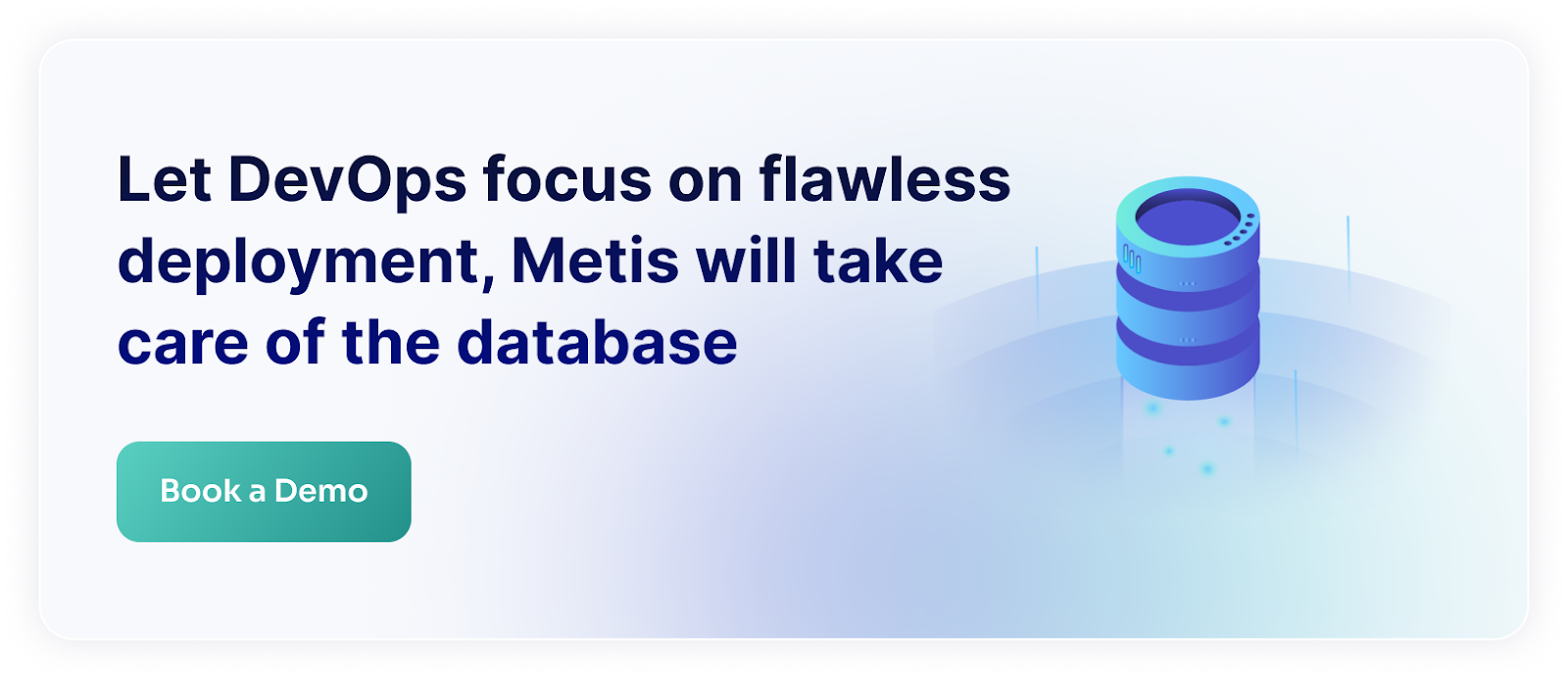Ensuring database consistency can quickly become a complex and daunting challenge. To tackle these difficulties, it's essential to adopt effective strategies for streamlining schema migrations and updates. These approaches facilitate smooth database modifications while reducing downtime and performance issues. Without them, the risk of misconfigurations increases - something Razorpay experienced firsthand. Learn how to avoid making the same mistakes.
Tests Can’t Find Everything
Databases are susceptible to various failures, yet they often don’t undergo the same rigorous testing as applications. Developers typically prioritize ensuring applications can read and write data correctly while overlooking the efficiency and mechanics of these operations. Key factors such as proper indexing, minimizing unnecessary lazy loading, and optimizing query performance frequently go unaddressed. For instance, while queries are usually validated based on their output, the number of rows processed to generate those results is rarely examined. Additionally, rollback procedures are often neglected, increasing the risk of data loss when changes are made. To mitigate these risks, implementing robust automated testing is crucial for detecting issues early and reducing reliance on manual interventions.
While load testing is a common method for identifying performance bottlenecks, it has significant drawbacks. Although it helps prepare queries for production, setting up and maintaining load tests is costly and complex. It requires careful consideration of GDPR compliance, data anonymization, and application state management. Furthermore, load testing is often conducted late in the development cycle - after changes have already been implemented, reviewed, and merged - making it difficult to address performance issues without retracing steps or starting over. The process is also time-consuming, requiring hours to warm up caches and validate system stability, which makes it unsuitable for early-stage issue detection.
Schema migrations are another area that often lacks thorough testing. Test suites typically run only after migrations are completed, leaving crucial aspects such as migration duration, table rewrites, and potential performance bottlenecks unchecked. These issues frequently go unnoticed in testing environments and only become evident when changes are deployed to production.
Additionally, early-stage development often relies on small, non-representative databases, which fail to expose performance issues. This limitation reduces the effectiveness of load testing and leaves critical aspects like schema migrations inadequately assessed. As a result, development slows down, unexpected application-breaking issues arise, and overall agility suffers.
Despite these challenges, another crucial issue often remains overlooked.
Database Configuration Is Crucial
Databases come with numerous configuration options, and one of the most crucial is setting up replicas for seamless failover. However, properly configuring replicas can be complex and, if mishandled, can lead to significant issues.
Razorpay faced such a challenge with their MySQL setup, which relied on replicas and AWS RDS for high availability and redundancy. Unfortunately, a misconfiguration caused their master database to delay transaction log flushes to the hard drive. As a result, the master fell out of sync with its replicas, leading to an initial data loss of five seconds.
Database Guardrails Got You Covered
When deploying to production, system behavior inevitably shifts - CPU usage may spike, memory consumption can increase, data volumes grow, and distribution patterns evolve. Quickly identifying these changes is crucial, but detection alone isn't enough. Traditional monitoring tools flood teams with raw data without context, requiring manual root-cause analysis. For example, a tool might highlight a CPU usage spike but offer no insight into its cause, leaving teams to investigate the issue themselves.
To enhance efficiency and speed, organizations must move beyond basic monitoring to full observability. Instead of being overwhelmed by raw metrics, teams need actionable insights that directly pinpoint root causes. Database guardrails enable this by connecting the dots, identifying dependencies, diagnosing problems, and suggesting solutions. For instance, rather than merely reporting a CPU spike, guardrails can trace it back to a recent deployment that modified a query, bypassed an index, and led to increased CPU usage. With this clarity, teams can take precise corrective actions, such as optimizing the query or adjusting the index, ensuring both performance and stability. The key is shifting from passive monitoring to deep understanding.
Metis streamlines this transition by tracking database activities across development, staging, and production environments. It captures critical details such as queries, indexes, execution plans, and performance statistics while simulating these actions on the production database to assess their impact before deployment. This automation reduces feedback loops and removes the need for manual testing, allowing developers to focus on innovation rather than troubleshooting.
Beyond monitoring queries, Metis also validates database configurations, checking parameters, schemas, indexes, and table structures to identify potential risks. By proactively assessing these factors, Metis helps safeguard production systems against outages and data loss, ensuring reliability and smooth operations.
Database Guardrails to the Rescue
Database guardrails are designed to proactively prevent issues, deliver automated insights and resolutions, and embed database-specific checks throughout the development process. Traditional tools and workflows often struggle to keep up with the growing complexity of modern systems. In contrast, database guardrails address these challenges by helping developers avoid inefficient code, assess schemas and configurations, and validate every stage of the software development lifecycle directly within their pipelines.
Metis transforms database management by automatically detecting and resolving potential issues, safeguarding your business from data loss and database outages. With Metis, you can scale confidently, knowing that database reliability is continuously maintained, allowing you to focus on growth without disruption.







